Who has misled George over the true value of the British Rural Landscape?
You are wrong George Osborne, you have listened to the wrong people. This is not your fault; the lack of an integrated voice with regards the rural landscape has easily persuaded you to follow the short term gains generated by aiding the construction and road building industry, who have a better more cohesive lobby voice.
Can any Ecologist say with conviction that they know everything about a particular species? Can any Forester say they know all about a particular forest? Even if this were possible, which it isn’t, the other elements which govern its existence need to be understood also and they aren’t. Each and every landscape is so incredibly complex, each square metre of the UK contains a majority of factors which exhaust our scientific knowledge. It shows up ‘Biodiversity Offsetting’ as completely arrogant, only capable of fixing an insignificant portion of the true price tag our landscapes contain – it is a flawed tool designed to help development, loosely based on and abusing ‘ecosystem services’.
Ecosystem services is the most advanced step in defining an insurance value against biodiversity loss, thus avoiding complexity theory or chaos theory principles in producing land management policy.
Ecosystem services are not a means to develop with an assumption that a value placed on the habitat prior to development can be used to pay for replication of the destroyed habitat elsewhere – this is impossible. However it is the best tool to value the natural heritage around us for our own needs and in helping realise a sustainable future for our children. Most importantly it provides a base platform value at a given moment in time from which to work upwards from.
When ecosystem service values, which are real financial values, are combined with the whole of land industry; horticulture and landscaping, farming, forestry, fishing, game, leisure & tourism, hunting, conservation and many other niche markets which all have a vested interest in preserving the countryside and nature, our rural landscape, this industry is worth considerably more than that of the whole of the construction industry at its peak or even in its wildest dreams.
George Osborne is taking a huge gamble on pursuing options which will harm irreversibly the foundations of land industry as a whole and destroy an asset that actually has a proven future, at a time when little else has.
From a tearoom in the Lakes, a cyclist crossing Dartmoor, someone walking their dog on a Norfolk beach through to a chair maker in Northumberland or a gardener working on a lawn in Sussex, each person is reliant upon a landscape and the nature contained within it. The products they make or they use are all dependent on a rural landscape of worth.
You may look at Canadian ‘red tory’ ideals with envy, but they cannot work in the British rural landscape because there are no more resources left except the rural landscape itself.
For too long industries working in our landscapes and people living in them have been represented by an over dominant voice from those who, in reality, only represent a tiny portion of what is contained in the landscape. The noise from NGOs and their independent remits and egocentric spokespeople for organisations claiming the voice of rural industry belays the true picture, helping instead to produce a representation of the rural landscape at odds with the huge and rapid technological advances which define our predominantly urban lifestyles.
Land is set to become the most important asset in sustainable development. The fighting over using what the landscape contains and the destruction of habitats for sustainable development or renewable energy (such as wind turbines) is the result of trying too hard to transfer city economics into a landscape, far too rapidly and without real consideration.
Yes our landscapes need to take the brunt of our energy needs and they can do so because this is where 21st century ‘economics’ begin.
The European Landscape Convention was a tool to progress the needed discussion and empower local decisions by local people, as clearly desired by the government. Starting from the bottom was not a reinvention of the wheel but for the UK a new invention. It should never have been used as a tool to further designate areas of outstanding natural beauty, it was for everywhere and everyone and can still help in ensuring that the prospective wealth in our landscapes is expanded upon.
When combined with the internet, a voice that can transcend boundaries, build bridges across the chasms that have separate interests in the countryside, the rural landscape could have a huge collective voice able to produce real workable solutions generating new economy, unlike the rusty, outdated and flawed macroeconomics which persists in the minds of those in the now heavily subsidised dead dinosaur that is the square mile today.
An inherent ‘expert led’ system, such adored by Quangos and NGOs, does not listen to those who know the landscape and to whom the landscape belongs. People are as much a vital ingredient to a landscape as the nature contained within it. And a working landscape is a sustainable landscape, we live on a densely populated island that is relatively unique in that most of its resources have been exhausted already and there is no countryside left that can be labelled pristine wilderness. It is a mosaic of human made landscapes and has been able to support communities for millennia and is able to carry on doing so. The British rural landscape, as it has been since prehistoric times is an enviable place to live, which in itself is a value that will be lost if the Chancellor, George Osbourne continues his ill fated wanderings down a route that is so ‘1950’.
The obsession with finding suggestions which help offset funding to rural landscapes by way of connecting to corporate London, and by way of paying NGO’s to ‘CO2 offset by tree planting at £10 a tonne’ (achievable only by volunteers), are not the answer but further regress real advances in realising the wealth of our rural landscape. There are real investment opportunities; with steady and safe returns. But paying £10 an hour to the highly skilled and qualified contractors who are charged with managing the landscape around your country retreat, does not improve its value over time, it needs to be managed properly to maintain the very reason you bought the property in the first place.
A cohesive voice of all the NGOs is not enough. It is a time for all with a vested interest in rural landscapes to come together to change the fatal economic route George Osborne has chosen to follow and then continue to talk across the spectrum of interests to ensure the role of the rural landscape at the forefront of UK economic policy in terms of sustainability.













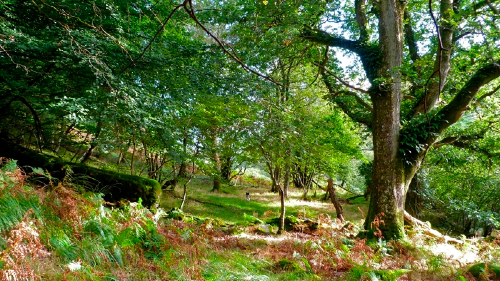
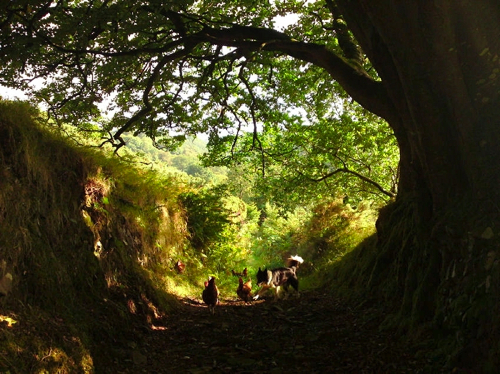
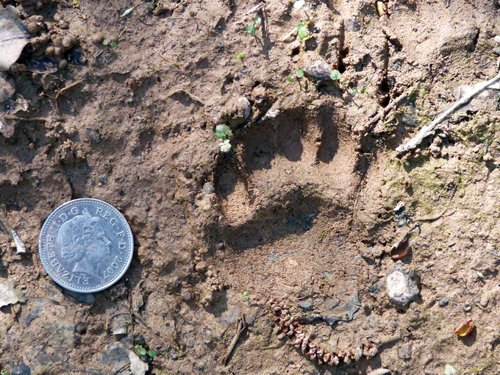


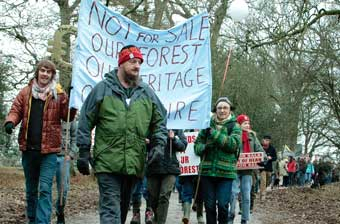

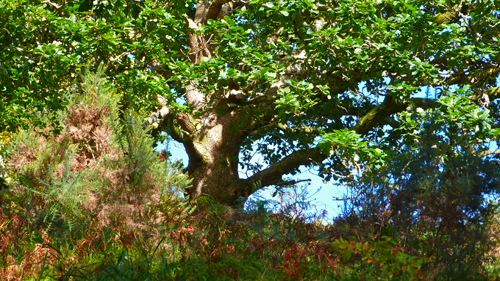
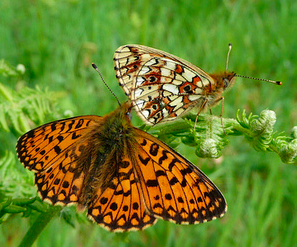
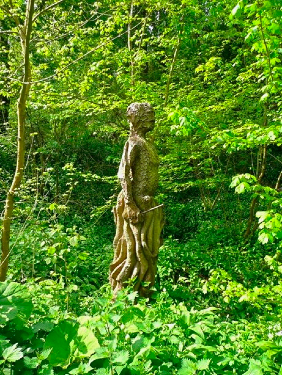
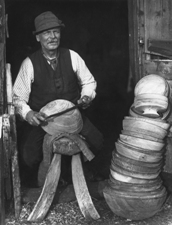



I haven’t checked lately but I suspect in fact the NEA probably did include notional values for the land uses you mention. However they will never outweigh the theoretical value of using land for ‘development’ in a society with artificially sky-high property prices, illustrating how the whole offsetting approach is in fact even more deeply flawed than you suggest here.
See
http://www.greenhousethinktank.org/files/greenhouse/home/Offsetting_nature_inner_final.pdf
I agree that the term ‘biodiversity offsetting is the wrong term to use when. It comes to restoring the British landscape to a more semi natural state.
Agriculture has largely destroyed the countryside and degraded and reduced biodiversity and habitats.
I also agree that the most important habitats which are now left as postage stamps of woodland, heathland, grassland etc amongst a sea of monocultural intensive fossil fuel heavy agriculture should be protected, enhanced and increased.
The mechanism of ‘biodiversity offsetting’ if combined with the development of land which has the least biodiversity value could help restore the countryside to semi natural habitats.
The problem is the pilot schemes currently are voluntary and there is still a focus on the terms brownfield, greenfield and greenbelt. Many important sites for nature or biodiversity have been lost to development in favour of protecting the rolling countryside which is largely not biodiversity at all. As a conservationist I would prefer to see farmed fields developed over brownfield sites. I am arguing to ruin my main source of work as a wildlife consultant translocating reptiles and amphibians which stems from developing brownfield sites over green field sites.
These translocations have welfare implications for the animals that are moved and there is largely no suitable habitat to moved them to. The result is thousands of animals die in poorly planned mitigation schemes.
I have had the good fortune to work on large scale projects where reptiles have been treated through a conservation led process and I have also been involved in using former farmland to protect and enhance biodiversity through the process of mitigation for great crested newts where we destroyed two ponds replaced by six ponds (a biodiversity offsett) we even translocated vegetation to a newly created Washland on former farmland.
The point is the countryside is largely managed, degraded by humans and I have seen how we should treat the countryside. I also want to see habitat creation on a massive scale and I think that development can provide the funds to provide this though there is no legal basis for this to happen. I would like to see the licensing process adopt biodiversity offsetts to go further than the current tin plating of the European habitats directive and really help our wildlife. Take a look at the million ponds project this is where we need to go and we need to take the emotional baggage away from this argument and be realistic about the situation.
Jon, you illustrate clearly why conservationists seem cosy with biodiversity offsetting. But BO is widening chasms between public, practitioners and policy makers, the latter influenced by a frankly blinkered lobby who have been desperately searching for a way to broker peace between developers and conservationists for some time – biodiversity offsetting is clearly a way to do this with ease and with secure private funding. It doesn’t make it right and though you provide seem wonderful case studies of excellent and very worthy conservation work, in my opinion the use of biodiversity offsetting as a term for such work dirties their worth.
When you state areas of less biodiversity value, this instantly adds more to the fragmentation of the wider landscape – a problem for which the UK have become an international case study of bad practice for. It is poor science to state this in my opinion as we simply do not know all there is to know to make such conclusions, although many seem far too comfortable with doing so. There are still many, many species yet to be discovered let alone researched in every habitat type in the UK, even in urban sites, particularly in the soil and going back to basic ecological pyramids shows that the soil is the foundation to all other biodiversity living there. Therefore if we ‘cherry pick’ individual species as basis for offsetting it becomes a nonsense instantly – the more we have to work on protecting individual species, the more nonsensical it becomes.
Surely it is better to continue with proper sustainable development, engaging the practitioners from both land industry and construction to create development which is proven to, with good design, result in richer biodiversity and a better landscape for people to live and work in.
Biodiversity offsetting is admitting failure, as Sally Marsh states it is “a means to make us feel better about behaving badly”.
Your excellent work is better titled as ‘species rescue’ or similar, therefore not letting those responsible for damaging the habitats off the hook, and also accepting that there is much more going on which we haven’t yet had a chance to study for science.